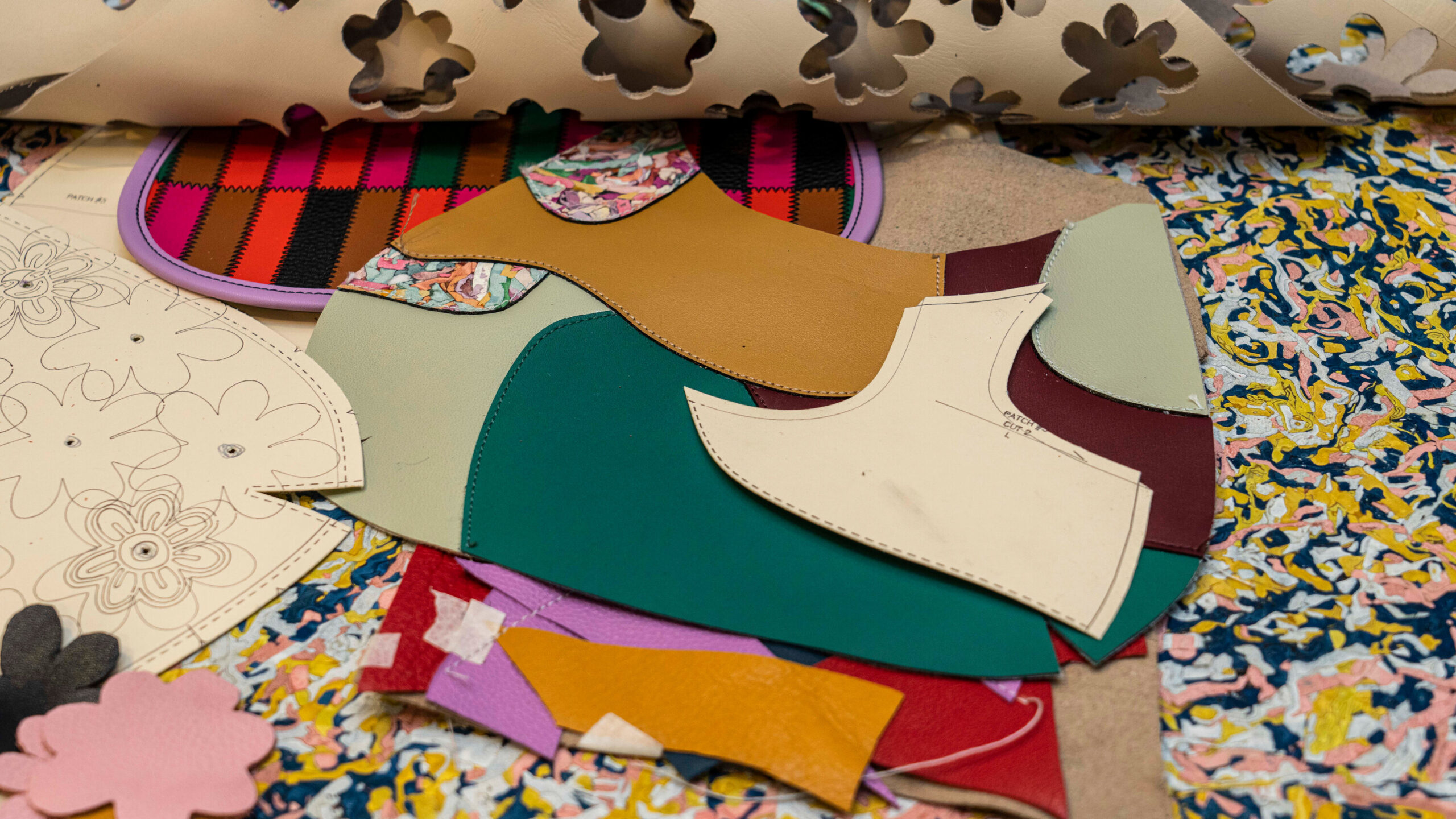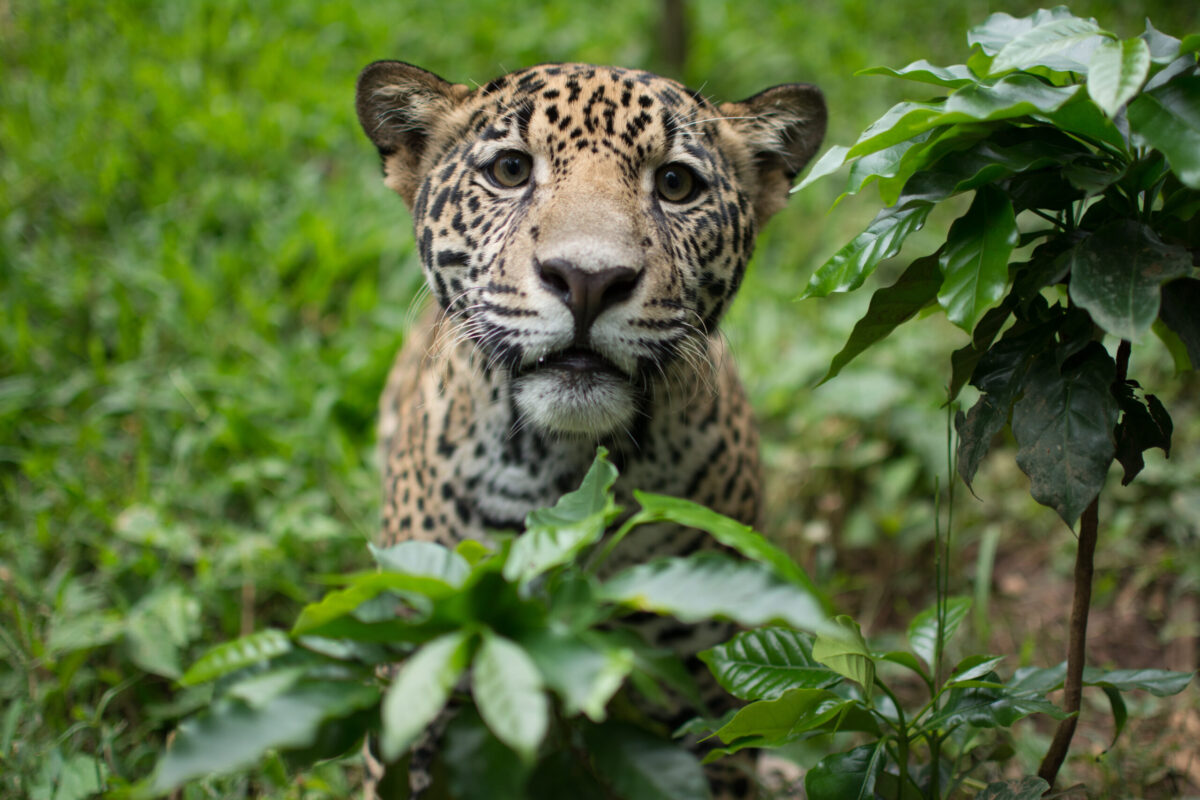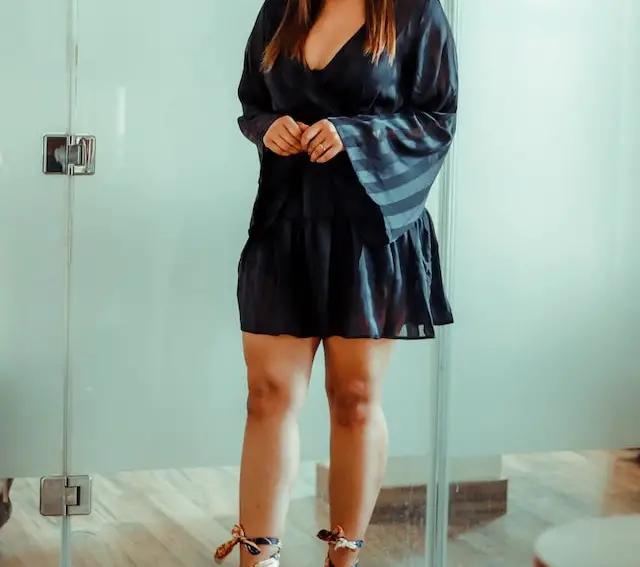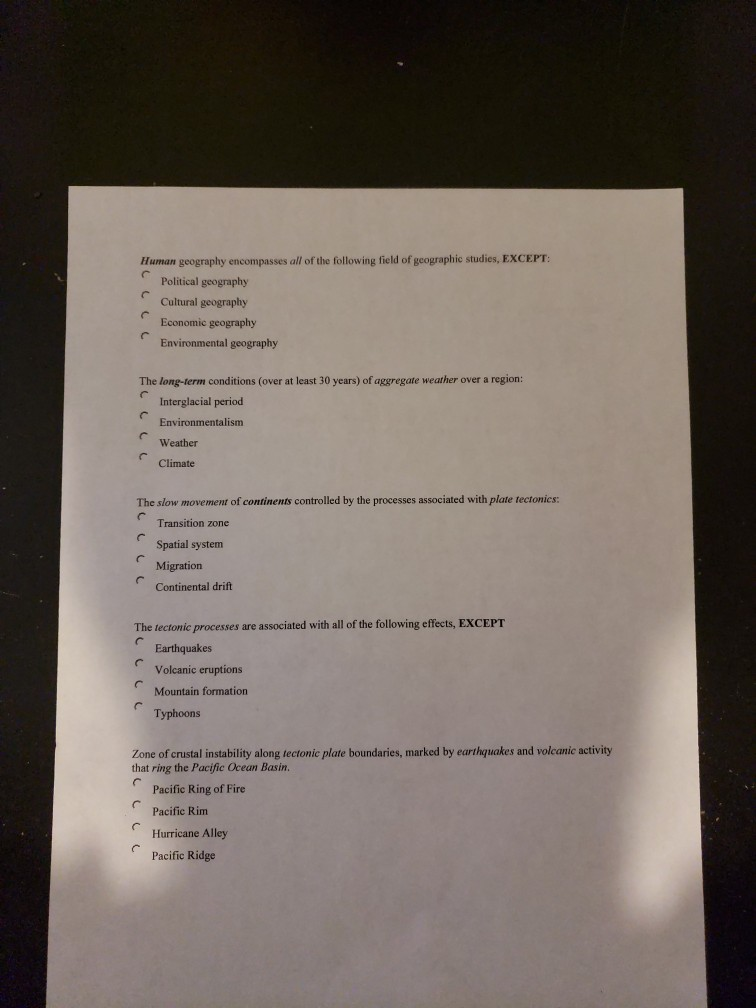Acubi Fashion: Understanding the Emerging Aesthetic Movement
What’s Cuba fashion?
Cuba fashion represent an emerge aesthetic movement characterize by geometric precision, clean lines, and a distinctive visual language that blend futuristic elements with minimalist sensibilities. This style has gradually gained recognition among fashion enthusiasts and designers seek innovative approaches to contemporary clothing and accessories.
The term” aCuba”” rive from the geometric concept of acute cubic forms, reflect the style’s emphasis on sharp angles, structured silhouettes, and architectural inspiration. Unlike traditional fashion movements that might prioritize ornate details or flow fabrics, acuCubashion celebrate mathematical precision and intentional design.
Core elements of Cuba fashion
Understand Cuba fashion require familiarity with its define characteristics:
Geometric precision
At the heart of Cuba fashion lie a dedication to geometric forms. Garments feature angular cuts, precise lines, and tthree-dimensionalstructures that create visual interest through mathematical relationships quite than decorative embellishments. Designers work within this aesthetic ofttimes employ techniques that transform flat fabrics into sculptural pieces with define edges and intentional volumes.
Minimalist color palette
Cuba fashion typically eembracesa restrained color scheme dominate by monochromatic tones, peculiarly blacks, whites, and grays. When colors appear, they tend toward saturate primary hues or mute neutrals that maintain the style’s clean visual language. This control approach to color allow the structural elements of the garments to take center stage.

Source: pinterest.co.kr
Technical fabrics
Materials play a crucial role in achieve the Cuba aesthetic. Designers oftentimes select fabrics with structural integrity that can hold shapes efficaciously — neoprene, bond materials, technical meshes, and treat cottons. These materials enable the creation of the sharp silhouettes and define edges essential to the style without compromise wwe arability
Futuristic elements
Cuba fashion ofttimes incorporate advancing look design elements that suggest a connection to technological advancement. This might manifest through unusual closures, innovative construction techniques, or integration of technical components. The overall effect create garments that feel contemporary while hint at future possibilities in clothing design.
The origins and evolution of Cuba fashion
While not wide document as a mainstream fashion category, Cuba aesthetics have roots in various design movements:
Architectural influences
The Cuba approach share philosophical connections with architectural movements like brutalism and dconstructivism which prioritize structural expression and geometric form. Designers work in this space oftentimes cite architectural pioneers like zahZaha Hadidd danDaniel Libeskind inspirations for translate angular, mathematically drive designs into wearable garments.
Digital design impact
The rise of 3d modeling software and digital design tools has importantly influencedCubai fashion development. These technologies allow designers to experiment with complex geometric forms before production, enable precision that would be difficult to achieve through traditional pattern making unique. This digital to physical pipeline has become progressively important for creating the distinctive shapes associate with the aesthetic.
Contemporary emergence
While elements of what we might forthwith identify as Cuba fashion have aappearedinavant-gardee collections for decades, the cohesive aesthetic has gain more recognition lately. Social media platforms have help consolidate these design principles into a more define movement, with dedicated hashtags and communities form around the appreciation of geometric, precision focus fashion.
Prominent designers and brands
Several designers and fashion houses have incorporate Cuba elements into their collections:
Issac make
Though not entirely an Cuba designer, mmakes work with pleat techniques and geometric transformations share common ground with the aesthetic. His pleats please line demonstrate how mathematical principles can create wearable yet visually strike garments with define structures.
Gareth Pugh
Pugh’s collections ofttimes feature sharp angles, geometric silhouettes, and monochromatic color schemes that align intimately with Cuba sensibilities. His experimental approach to form and structure has produce numerous pieces that exemplify the movement’s core principles.

Source: mega onemega.com
Iris van herpes
Van herpes’s innovative work with 3d printing and sculptural garments represent peradventure the virtually technologically advanced expression of Cuba aesthetics. Her pieces transform the human silhouette through complex geometric structures that challenge conventional notions of clothing construction.
Emerge independent labels
Beyond established names, numerous independent designers have embracedCubai principles. These smaller brands oftentimes lead innovation in the space, experiment with new construction techniques and push the boundaries of wearable geometry without the constraints face by larger fashion houses.
Styling Cuba fashion
Incorporate Cuba elements into personal style present both challenges and opportunities:
Balance and proportion
The structured nature of Cuba pieces typically work advantageously when balance with simpler elements. A geometrically complex top might pair with minimal bottoms, or an angular jacket might complement differently streamline basics. This balance prevent the overall look from become overwhelming while nonetheless showcase the distinctive aCubaelements.
Accessorizing
Accessories in the Cuba aesthetic tend toward the architectural and minimal. Angular jewelry, structured bags, and geometric footwear complement the overall approach. The key lie in select pieces that continue the visual language establish by the clothing instead than compete with it.
Everyday adaptation
For those interested in incorporate Cuba elements without full commit to the aesthetic, certain pieces can serve as entry points. A geometrically cut jacket or structured bag can add aCubatouches to differently conventional outfits, allow for gradual exploration of the style.
The cultural context of Cuba fashion
Understand Cuba fashion require consider its place within broader cultural movements:
Post digital expression
Cuba aesthetics reflect our progressively digital world, where precision modeling and algorithmic design have become normalize. The style represent a physical manifestation of digital design principles, bring computer aid precision into tactile reality.
Reaction to maximalism
The emergence of Cuba fashion can be partly uunderstoodas a counterpoint to maximalist trends. Where maximalism celebrate abundance, pattern mixing, and decorative excess, aCubaoffer a disciplined alternative focus on form quite than ornamentation.
Sustainability considerations
The Cuba approach sometimes align with sustainable fashion through its emphasis on durability and timelessness. Advantageously construct geometric pieces oftentimes transcend seasonal trends, potentially encourage more thoughtful consumption. Withal, the technical materials sometimes use can present environmental challenges, create tension within the movement.
The future of Cuba fashion
Several factors suggest continue evolution for this aesthetic approach:
Technological integration
Advances in smart textiles and wearable technology align course with Cuba sensibilities. The movement’s embrace of technical innovation positions it advantageously for incorporate functional technologies like temperature regulation, adaptive structures, or interactive elements.
Mainstream adaptation
While pure Cuba designs remain principally in aavant-gardespaces, elements of the aesthetic continue to filter into more accessible fashion. Structured shoulders, angular cuts, and geometric details progressively appear in ready to wear collections, suggest broader influence.
Cross-disciplinary collaboration
The future Belize hold increase collaboration between fashion designers work in Cuba aesthetics and professionals from architecture, industrial design, and digital arts. These partnerships could yield innovative approaches to clothing construction and iinterchangedefine the movement’s boundaries.
Conclusion
Cuba fashion represent a distinctive approach to clothing design characterize by geometric precision, structural emphasis, and technical innovation. Though not nevertheless mainstream, this aesthetic movement ccontinuesto influence contemporary fashion through its exploration of form, material, and construction techniques.
For those interested in fashion beyond conventional approaches, Cuba offer an intellectually engaging alternative that celebrate mathematical relationships and architectural principles. As digital design tools become progressively accessible and ccross-disciplinarycollaboration more common, the movement sseemsposition for continued development and broader recognition.
Whether encounter through avant-garde runway collections or more subtle geometric elements in everyday pieces, Cuba fashion challenge us to reconsider clothing’s relationship to space, structure, and the human form — suggest new possibilities for how we might dress in aaprogressively digital and design conscious world.
MORE FROM techitio.com













